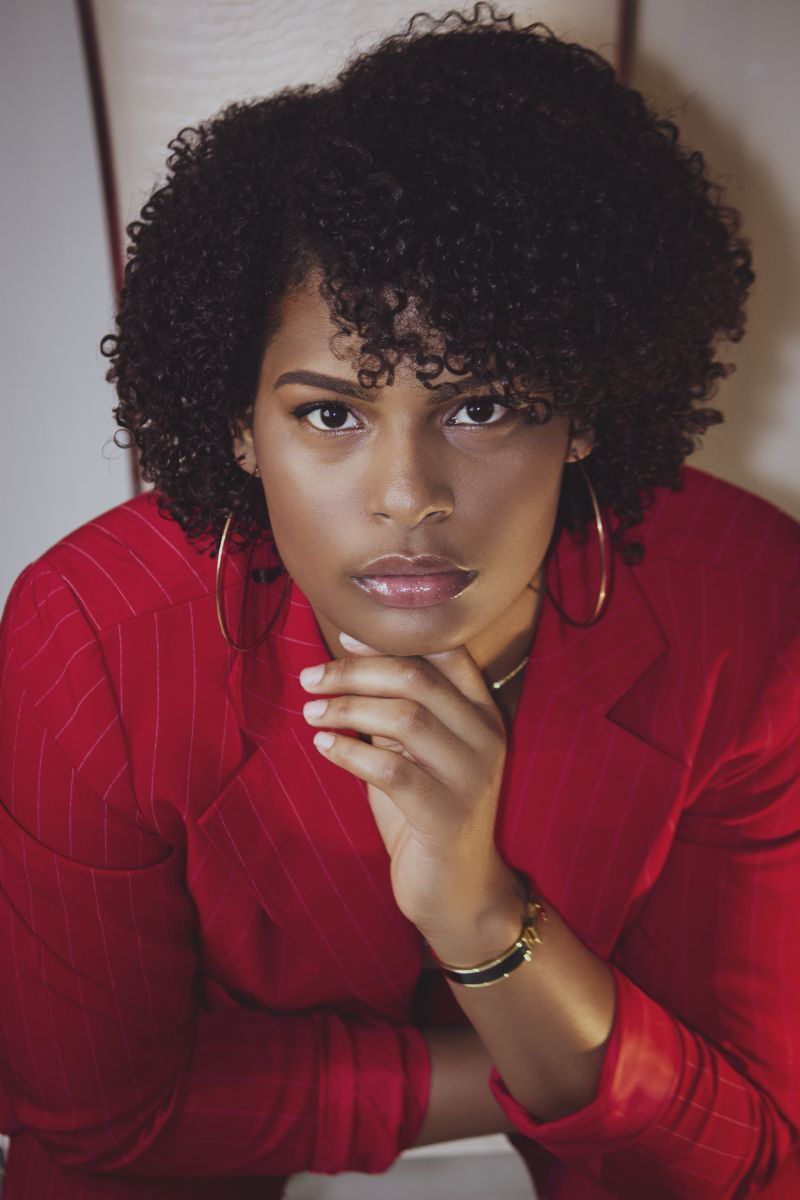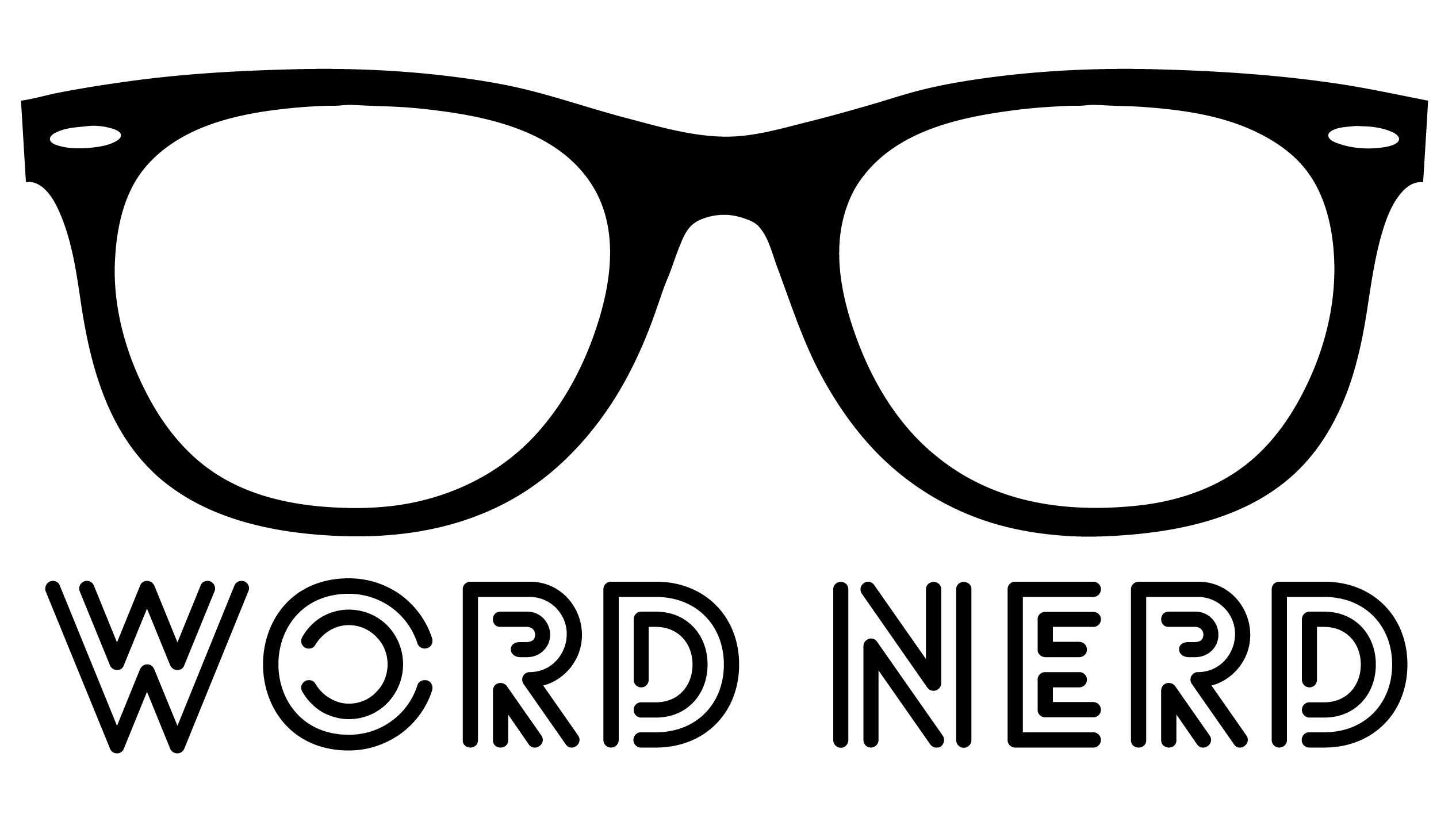Power suits and their recognizable wide shoulders dominated female business fashion in the 80s. However, their origin story goes way back and signals that fashion tends to reflect social movements.
Is there a need for power dressing in 2020?

The Origins of Power Dressing
Power dressing is strongly associated with 80s businesswomen who wanted to be taken seriously in male-dominated fields.
However, power dressing and its connection to female empowerment can be traced back to the 1920s when Coco Chanel revolutionized female fashion for working women.
Another prominent female designer and Coco's rival at the time, Ela Schiaparelli, is known for her designs that included wider shoulders, zippers, and shocking pink. Her contribution to power dressing in the 30s was mixed with surrealism and shock factor.
Celebrities popularised signature wide shoulders in the 40s, and prominent designers such as Armani picked the trend up back in the 80s, which was also the peak of its popularity.
Women's suits with shoulder pads were a signature look you could find in the closet of most women in the 80s.
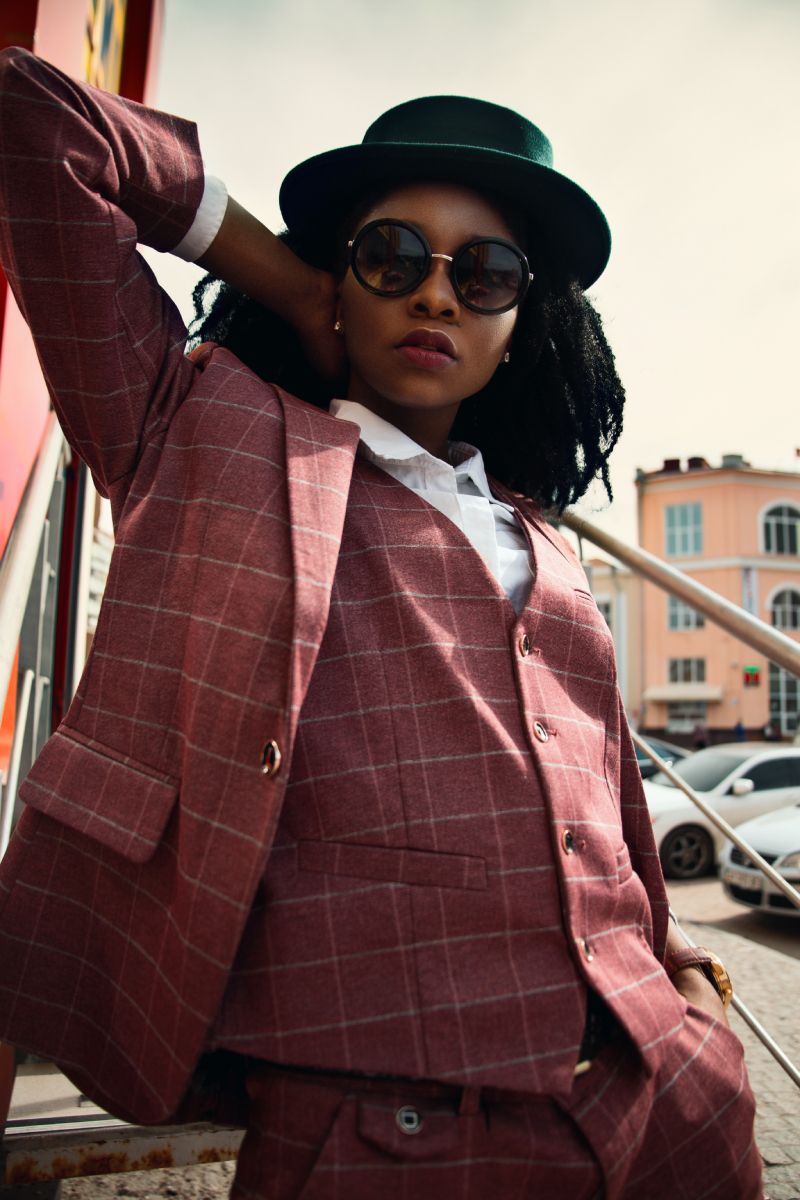
Working Women and Power Suits
Power suits, male or female, are mostly linked to workplaces. The way you dress in the workplace shows if you take your job seriously.
Most people are visual types and make 93% of us create impressions of people based on their non-verbal cues. A major part of these cues is communicated with your appearance.
In competitive fields, it's essential to build the right image for yourself because that will increase your chances of advancement. This is where the power suits come in.
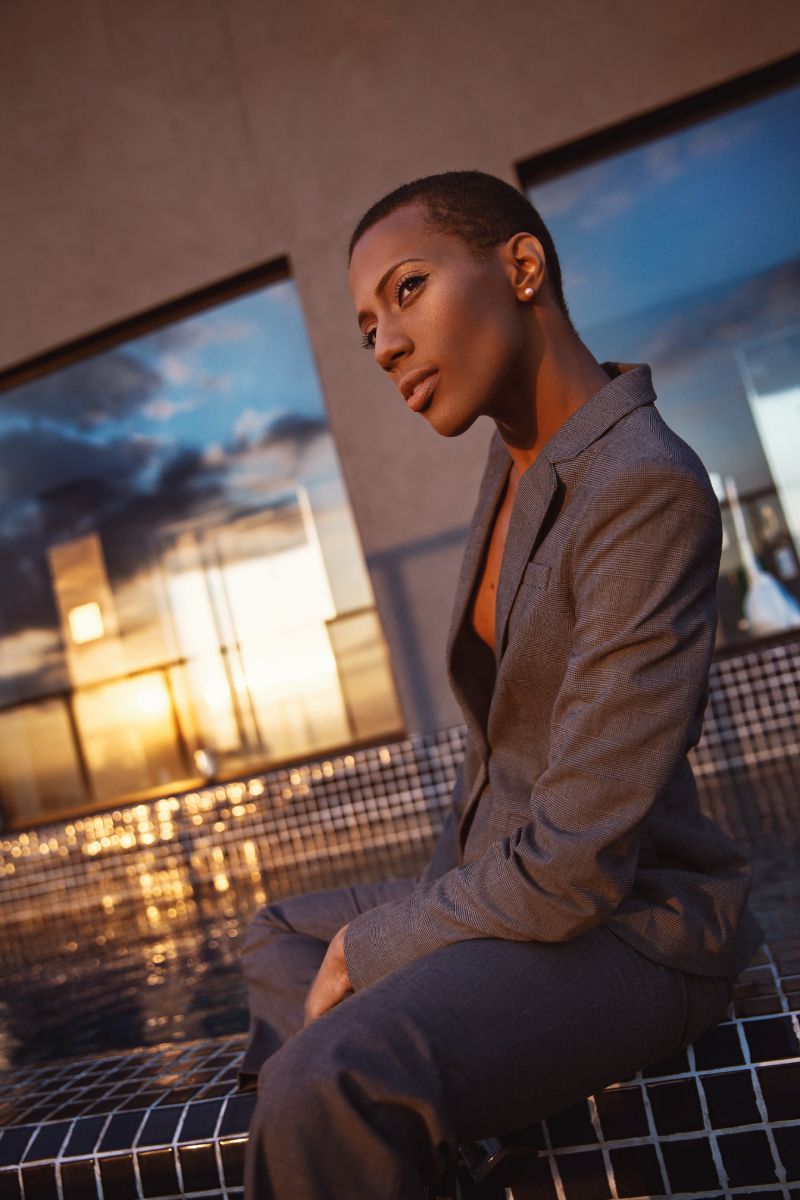
Blurring the Line between Feminine and Masculine
As was the case with Coco Chanel's turning point in female fashion, power dressing in the context of businesses is also known to mix typically male and female garments.
The power suit, for instance, typically mashes the masculine suit with more feminine silhouettes.
Some of the most prominent examples of the power dressing style are women in politics, such as Michelle Obama, Margaret Thatcher, and Hillary Clinton. Their power suits enabled them to fit into male-dominated professions visually.
It is not an accident that influential and powerful women like to wear power suits. Suits were previously mostly associated with men and their dominance in workplaces. By wearing these garments, women also tried to claim some of that power.
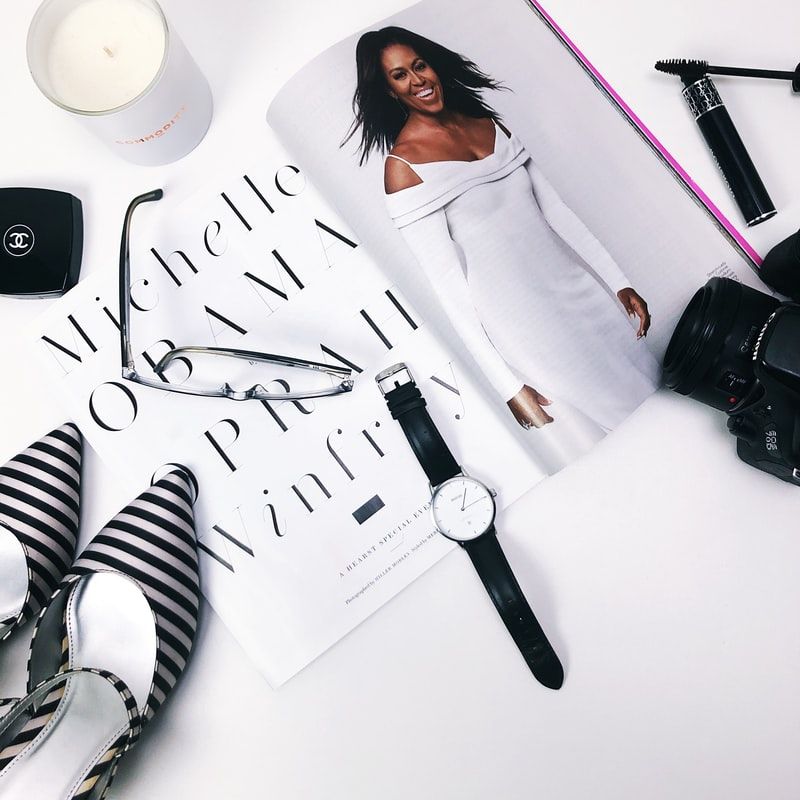
Fashion Reflecting Social Changes
Changes in society are constant. Fashion has a long history of using garments to reflect social changes with each century or decade. In the 80s, the fashion industry reflected working women who were finding and claiming their place in workspaces.
Power suits define women who are independent, successful in their fields, and financially stable. Moreover, materials and high manufacturing cost of power garments reflect not only the financial success of women but also their high status.
Marketing nowadays also uses the female empowerment rhetoric for the promotion of various brands and feminine products.
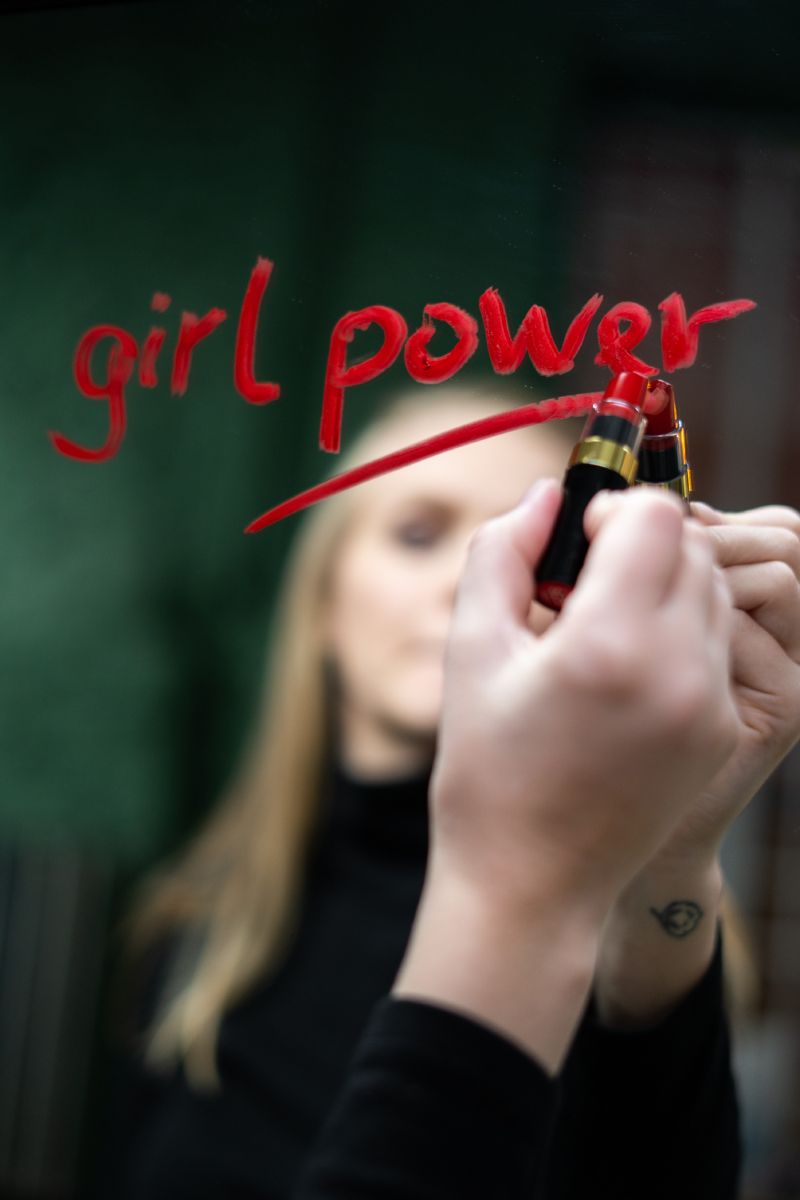
The Relevance of Power Dressing Today
The term power dressing is not as popular nowadays. However, that does not mean it isn't relevant.
With the surging popularity of vintage clothing, it is possible that the infamous wide shoulder may make a comeback, even if it will not be in their full padded glory.
Moreover, dress codes reserved for office spaces have become more relaxed. But for workplaces where a formal variant is required, it is evident that strict formal dressing style for women resembles power suits made famous in the 80s.
Read more about workplace dress codes and styling tips in this post.
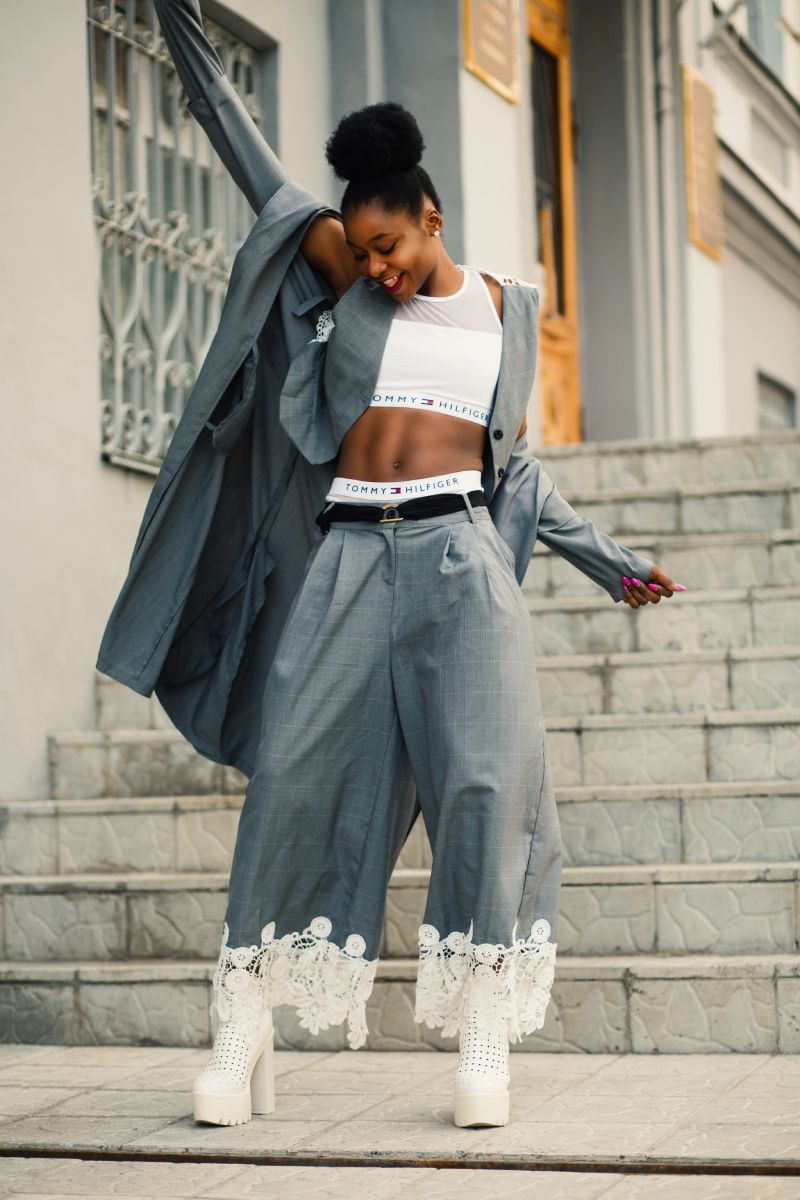
Final Word
Power dressing, with its peak in 80s business female fashion, is a reminder that trends have a habit of coming back.
Also, they are usually connected to the changes in society and can be a visual representation of what is going on in the world. For example, the original meaning of the 80s power suit is now lost because women have their space in the workforce. Or is it?
Who knows what's next in the exciting and ever-changing fashion industry.
